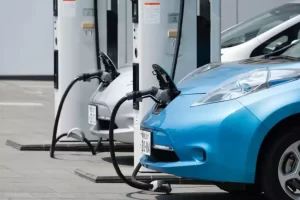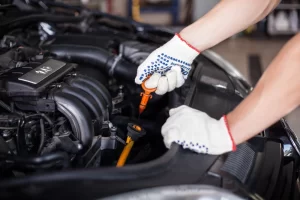Driving Forward: The Future of Sustainable Fuels and Hybrid Vehicles

The world is shifting gears. As we drive into the future, the way we fuel our journeys is changing. Sustainable fuels and hybrid vehicles are no longer just concepts—they’re becoming mainstream. But what does this mean for you and your trusty set of wheels?
The Rise of Sustainable Fuels
Imagine filling up your car with a fuel that doesn’t harm the environment. Sounds like a dream, right? Well, sustainable fuels are here to make that dream a reality. Unlike traditional fossil fuels, sustainable options like biofuels are made from renewable resources. Think corn, sugarcane, or even algae. These fuels burn cleaner, reducing the carbon footprint of our daily commutes.
But how exactly do they work? Well, biofuels are essentially made by converting organic matter into energy. It’s like turning that apple core into a power source—pretty neat, huh?
Hybrid Vehicles: The Best of Both Worlds
Enter the hybrid vehicle—a game-changer in the automotive world. These cars blend traditional gas-powered engines with electric motors. It’s like getting the best of both worlds: the power and range of gasoline with the efficiency and eco-friendliness of electricity.
Picture this: You’re cruising down the highway, the engine purring softly, your foot barely touching the gas pedal. Hybrid technology allows the electric motor to take charge during low-speed drives, saving fuel and slashing emissions. It’s a win-win!
Why Make the Switch?
Switching to sustainable fuels or hybrid vehicles can seem daunting. But consider these points:
- Environmental Impact: Dramatically reduces greenhouse gas emissions.
- Cost Efficiency: Savings on fuel over time can offset initial costs.
- Technological Advancements: Continuous improvements make these options more accessible and reliable.
- Resale Value: Hybrid vehicles often have higher resale values due to demand.
Challenges to Overcome
Of course, it’s not all smooth roads. The infrastructure for sustainable fuels and electric charging stations is still growing. Plus, the upfront cost can be a hurdle for some. But as technology advances and demand increases, these challenges are rapidly being addressed.
Looking Towards the Horizon
The future of driving is bright, and it’s green. As we embrace these technologies, we’re not just enhancing our journeys—we’re protecting our planet. It’s about putting the pedal to the metal, but in a way that respects the world around us.
So, as you think about your next car or the type of fuel you’re using, consider making the switch. Because in this journey, every little change counts. And together, we can steer towards a more sustainable future.
[Meta Title: Driving Forward: The Future of Sustainable Fuels and Hybrid Vehicles | Meta Description: Explore the rise of sustainable fuels and hybrid vehicles, blending eco-friendliness with convenience. Discover how these changes are transforming our driving experience for a greener future.]








